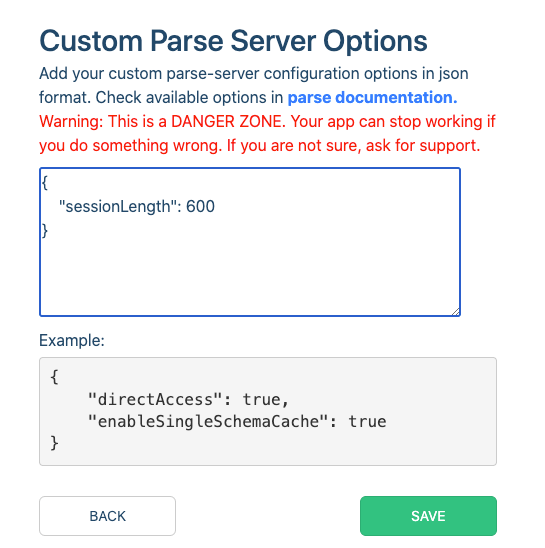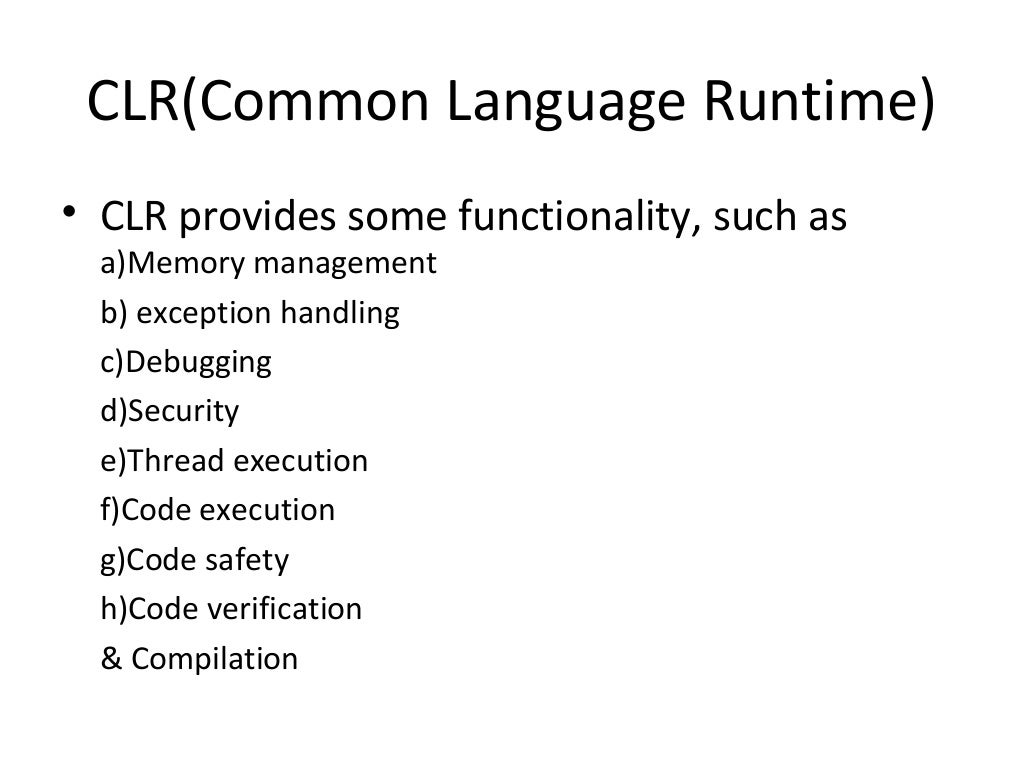

NET Core and select “ASP.NET Core Web Application.” Name your project and click “Ok.” Net Core and select ASP.NET Core Web Application and name the project as your wish and click Ok. Then, in the “New Project” window, it pop-ups with another dialog there Select. Initially, open Visual Studio and choose File – New Project. } Create Core Application ASP.NET Core Session & Example of ASP.NET Core Session

To make use of those stored session follow the steps, Options.IdleTimeout= TimeSpan.FromMinutes(60) Public void ConfigureService(IServiceCollection services) Public void Configure(IApplicationBuilder app) The system automatically takes the default options if we don’t pass the session options. The first method AddSession, contains the overload method, which accepts various session options like cookie name, Timeout, cookie domain, and so on. To configure the session in the class Startup, you need to call two methods in the startup class: the AddSession method and the ConfigureServices method. For using the session in our project application, we need to include the package dependency in the. The package offers middleware for managing the Session in ASP.NET Core.The SessionId is deleted once the browser session ends. Each browser has its unique SessionId and does not share the SessionId with other browsers. The app sets a default session timeout of 20 minutes but allows for configuration. The client-side stores the SessionId as a cookie, including this sessionId cookie with each request. The server’s dictionary stores the session data using the SessionId as the key.


The app stores user data in the session state, utilizing the store maintained by the app to retain the data across client requests.These methods enable the setup and management of session-related functionalities within the ASP.NET Core application. To configure the session, you need to call two methods in the startup class: the AddSession method and the ConfigureServices method.On the other hand, applications often prefer the Out-Proc session, which does not require linked sessions. In the case of In-Memory sessions, when hosting the application on a web farm, it necessitates linking each session to a specific server. Two sessions are available: In-Memory or In-Proc and Distributed or Out-Proc session. The default session timeout is 20 minutes but can be configured per requirements.The client-side stores the SessionId as a cookie and includes these sessionId cookies in every request. The server’s dictionary stores the data using the SessionId as the key. The cache backs up the session data, which is considered temporary. The session state leverages the app-maintained store to retain data across client requests. ASP.NET Core Session stores user data while browsing the web app.The SessionId is stored as a cookie on the client-side, and these sessionId cookies are sent with every request. The Session stores data in the server’s dictionary, utilizing the SessionId as the key. To address this, ASP.NET Core provides the Session feature, which enables the storage and retrieval of user data. Consequently, the server lacks the ability to retain variable values used in previous requests. In general, web applications operate on the stateless HTTP Protocol, where each HTTP request is independent. ASP.NET Core Session is responsible for storing user data when browsing a web app.


 0 kommentar(er)
0 kommentar(er)
